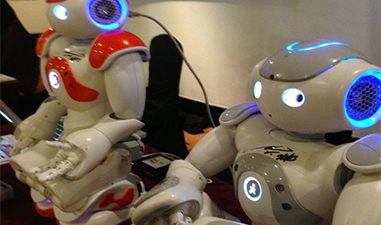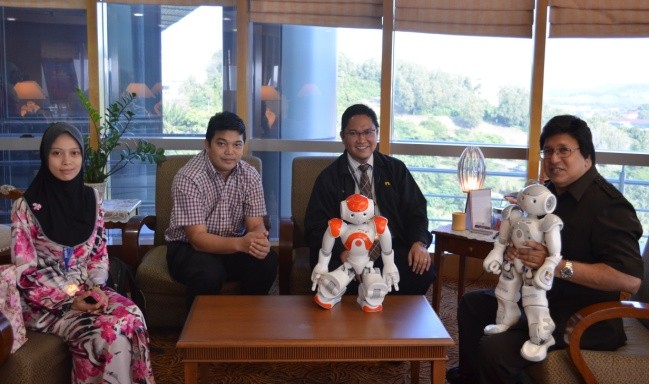
Project Leader

| . | Assoc. Prof. Dr.-Ing. Oskar Hasdinor Hassan |
|---|---|
| . | Deputy Dean (Research & Innovation) |
| . | Faculty of Art & Design |
| Universiti Teknologi MARA (UiTM) | |
| Shah Alam, Selangor, 40450, Malaysia | |
| . | oskar@salam.uitm.edu.my |
| . | +603-55448136 |
Publication
2017
All-solution process flexible nanocomposite generator made of BaTiO3 nanoparticles and graphene quantum dots
Micro and Nanoelectronics (RSM), 2017 IEEE Regional Symposium on
Access to document: https://doi.org/10.1109/RSM.2017.8069163
2016
Experimental and First-Principles Investigations of Lattice Strain Effect on Electronic and Optical Properties of Biotemplated BiFeO3 Nanoparticles
The Journal of Physical Chemistry C 120 (45), 26012-26020
Access to document: https://pubs.acs.org/doi/abs/10.1021/acs.jpcc.6b08548
Structural, Electronic and Optical Properties of BaTiO3 and BaFeO3 From First Principles LDA+ U Study
Int. J. Electroactive Mater 4, 14-17
Access to document: http://www.electroactmater.com/IJEM/volume4/IJEM-18-11-16-MI9/
2015
Low-energy Phases, Electronic and Optical Properties of Bi1-xLaxFeO3 solid solution: Ab-initio LDA+U Studies
Ceramics International, 2015
Access to document: https://doi.org/10.1016/j.ceramint.2015.05.037
Self-interaction corrected LDA+ U investigations of BiFeO3 properties: plane-wave pseudopotential method
Materials Research Express 2 (11), 116101
Access to document: http://iopscience.iop.org/article/10.1088/2053-1591/2/11/116101
2014
Influences of Epitaxial Strain and Volume on BaTiO3: Ab Initio Total Energy Calculation
Integrated Ferroelectrics, An International Journal, 2014
Access to document: https://doi.org/10.1080/10584587.2014.905350




